The Home We Know Today
Over the centuries, our small local communities in Sussex and Morris County have significantly changed. Reforming these once vast farmlands into these now suburban parts of New Jersey. One might ask how we got here. How were many farms in the once rural and isolated towns of Roxbury and Hopatcong tore down and turned into the homes of our modern-day community?
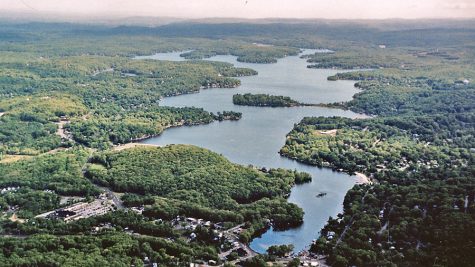
One thing that can be stated with certainty is that Lake Hopatcong, along with many other factors, dictated how our communities would turn out today.
Although Roxbury Township established itself long before Lake Hopatcong existed, the two are tidally locked with each other more than we’d think today. Many years ago, Lake Hopatcong was two small lakes. It was named Great Pond and Little Pond, but over the course of a few centuries, settlers created numerous dams to create the lake we know and love today.
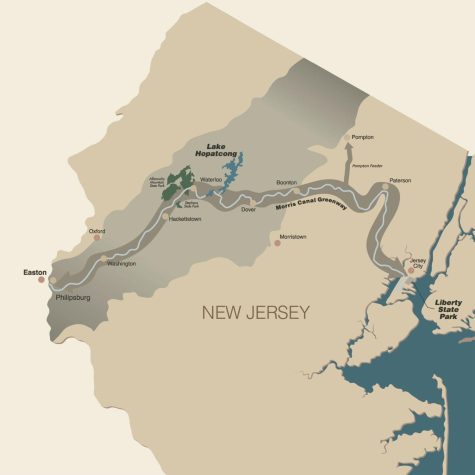
The main reasons we have the Hopatcong and Roxbury we know today are as follows: the evolution of transportation, lake resorts, the explosives industry, and local businesses transitioning to supermarkets.
This story begins with the construction of the Morris Canal. The Morris Canal was a long canal that stretched from Easton, Pennsylvania, to the outskirts of Jersey City and into the Upper Bay of New York and New Jersey. The Morris Canal connected to Lake Hopatcong so the lake could feed into the canal and allow it to continue its path.
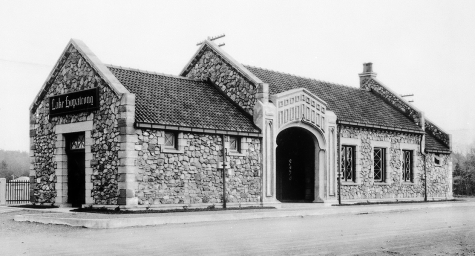
The Morris Canal was the first gateway into the Roxbury and Hopatcong area, but this would not be the last connection.
The Lackawanna Railroad and the Central Railroad of New Jersey were two railway systems that opened the rest of the country to Hopatcong and Roxbury. The Lackawanna Railroad was connected to the Lake Hopatcong Train Station, residing in Landing, New Jersey.
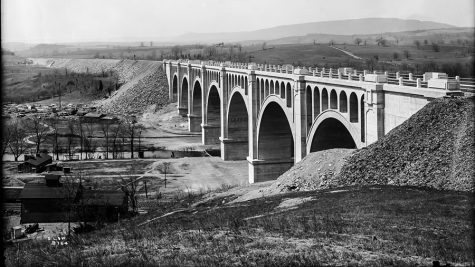
The Lackawanna Railroad was particularly important because it brought people into and out of Roxbury and Hopatcong, which would feed the ever-increasing population and resorts which once resided on the lake.
One thing that greatly influenced the area was the Lackawanna Cutoff. To compete with western railroad companies, the Lackawanna Railroad desperately needed a solution to combat the terrain of Western New Jersey, filled with many sharp turns and steep grades.
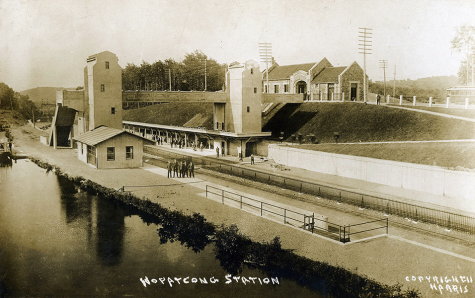
Their solution was the Lackawanna Cutoff. TheLackawanna Cutoff was a large, ambitious project that would cut off the Delaware River and connect Buffalo, New York, to Hoboken, New Jersey, whilst creating an almost straight line between the Delaware River and Hopatcong Train Station.
With trains coming into our local towns, businesses started to rise. Steamboats would bring people onto Lake Hopatcong and to their designated places of destination. Large ice harvesting industries existed.
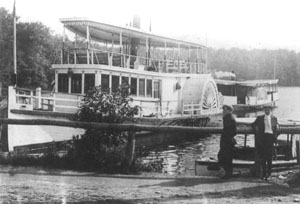
But most significant would be the multitude of luxurious resorts where city folk could come and enjoy the once rural and natural beauty of Lake Hopatcong’s ravishing landscape.
Gargantuan hotels like the Castle Edward Hotel, the Breslin (later the Alamac) Hotel, and many others covered most of Lake Hopatcong. But there was one fatal error that most of these hotels on the lake made; constructing their buildings of primarily wood. Almost all of these hotels eventually succumbed to flames which demolished their structures.

Castle Edward closed in 1931 due to the Great Depression and later burned down in the winter of the same year. But as Mr. Marty Kane, President of the Lake Hopatcong Historical Society, said, “One of the biggest events that changed this area was the burning of the Alamac Hotel in 1948. Because if that hotel had not burned, this area may have very well reestablished itself as a much more meaningful summer community.”
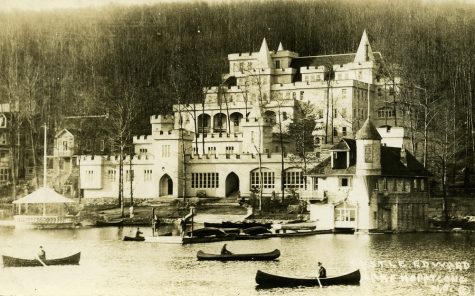
The Alamac Hotel was the successor of the largest hotel on the lake; The Breslin Hotel. So when that hotel burned down, “It spelled the end of the hotel industry on Lake Hopatcong.” In spite of it taking another 30 years for the final hotel on the lake to close: the nail in the coffin for the hotel industry was already nailed shut.
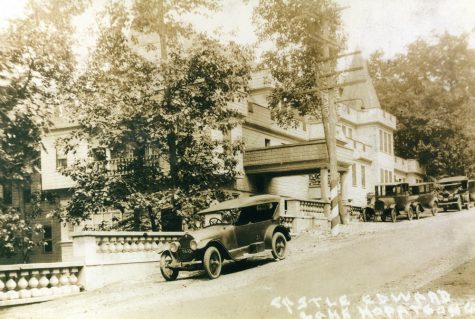
Another industry that dominated most of Morris County was the explosives industry. Morris County was arguably once the “explosives capital of the United States,” with famous inventors like Hudson Maxim and large powder plants like the Hercules Powder Plant, the Atlas Powder Plant, and Picatinny Arsenal all settling in this area. The U.S. military thrived on the extensive amount of ammunition, explosives, and other things these factories and people produced.
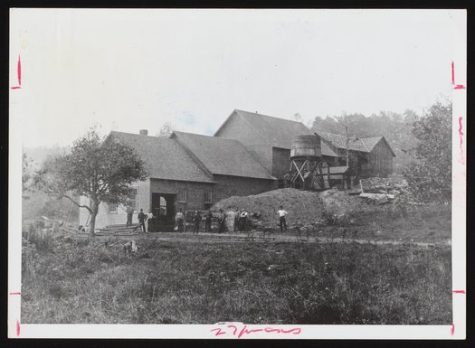
The Atlas Powder Plant ultimately got torn down in 1923, and by the 1960s, most of the former property was converted into the modern-day neighborhood of Landing. Whilst Hercules Powder Plant in Kenvil lasted surprisingly long. Operations finally ceased in the 1990s!
It is worth mentioning how these powder plants had many explosions throughout their history, which literally shook Morris County in many cases! Picatinny Arsenal had one of the worst explosions in 1926 when a lightning strike caused over a million pounds of explosives to detonate. Alongside Hercules Powder Plant: which was demolished in a devastating explosion in September of 1940.
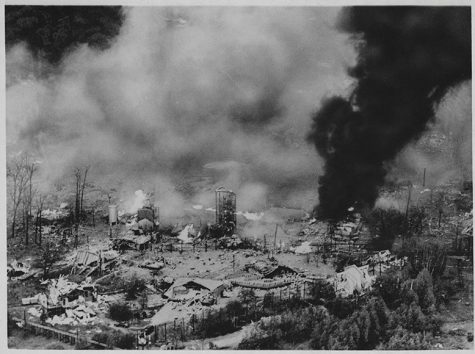
The Hercules Powder Plant explosion left 51 workers dead, over 200 people injured and burned, and windows all over Roxbury shattered. According to the Roxbury Historical Society’s official website, “The explosions were felt as far away as Poughkeepsie, N.Y., and were picked up by the seismograph at Fordham University in New York, about 50 miles east of Kenvil.” Hercules Powder Plant was rebuilt, and continued operations until 1996.
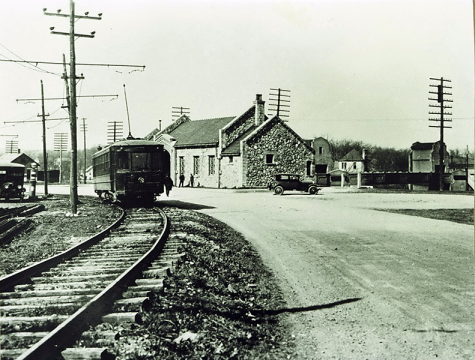
The influence of these explosive industries still lives on to this day, as Picatinny Arsenal had maintained the highest employer of Morris County until very recently when The Atlantic Health System surpassed it. Picatinny Arsenal now holds a resounding strong second-highest employer in Morris County.
Continuing on the subject of employers: the last most influential thing that created the towns we know and love today, according to Marty Kane, was the introduction of Shopping Malls alongside the construction of Interstate Route 80.
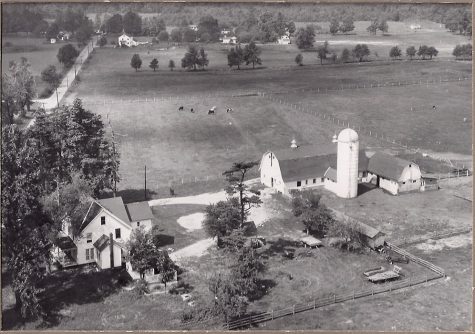
Route 80 opened our small towns to the rest of the country, which led to the creation of shopping malls alongside larger businesses: which put most of the local businesses and main streets out of business and into the history books.
As more people could access our small towns, more people moved in, and from the 1960s onward, our once small rural towns continued to modernize and progress into the modern era. Creating the modernized, local, suburban communities in Morris County we know and love today.
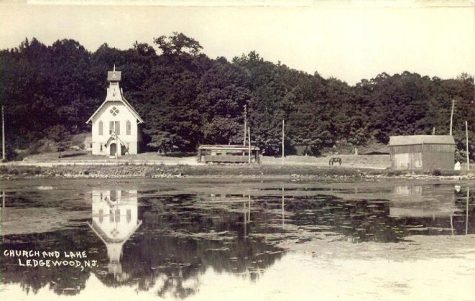
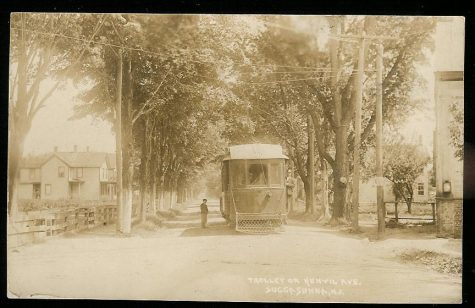

Gavin Gardner is a Senior at Roxbury High School and Editor-In-Chief of the Roxbury Review. He has aspirations of serving at West Point, The United States...
